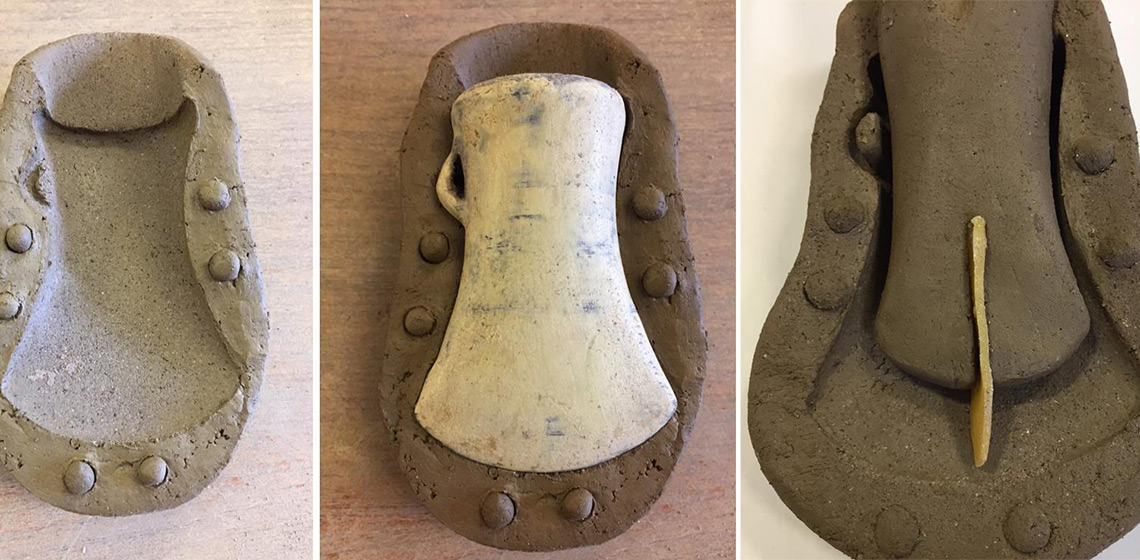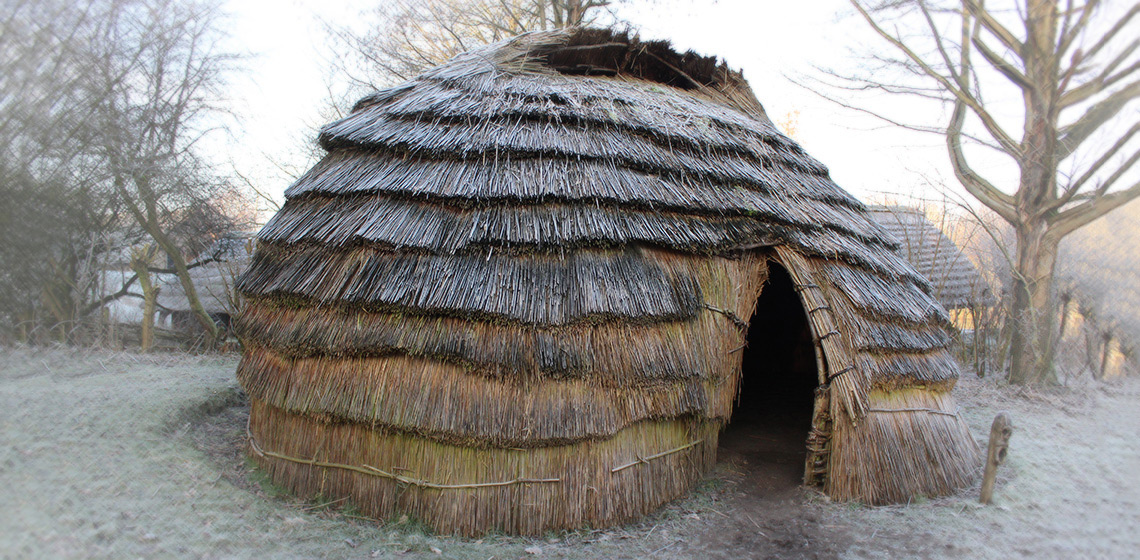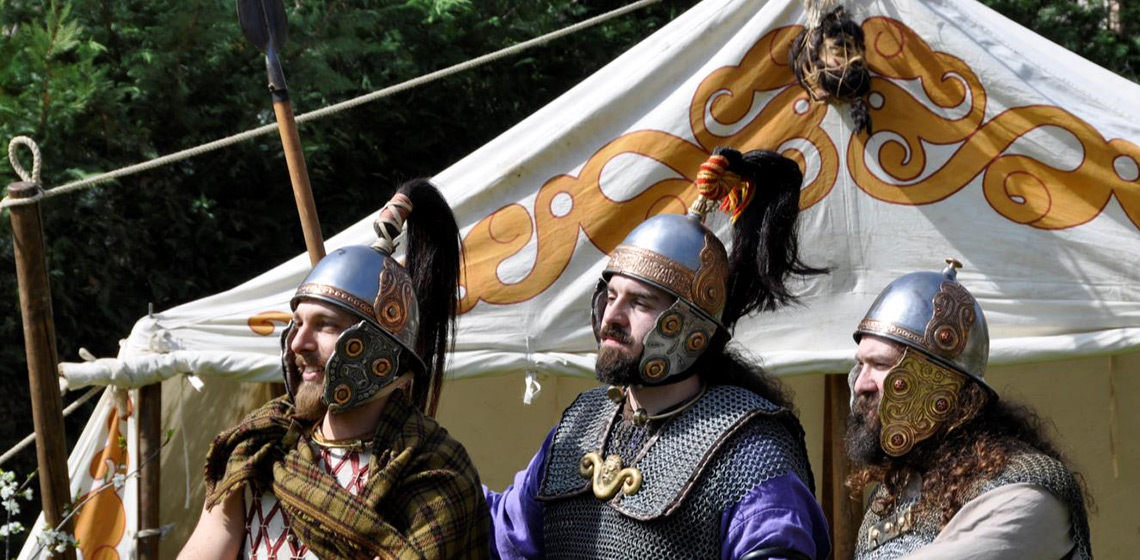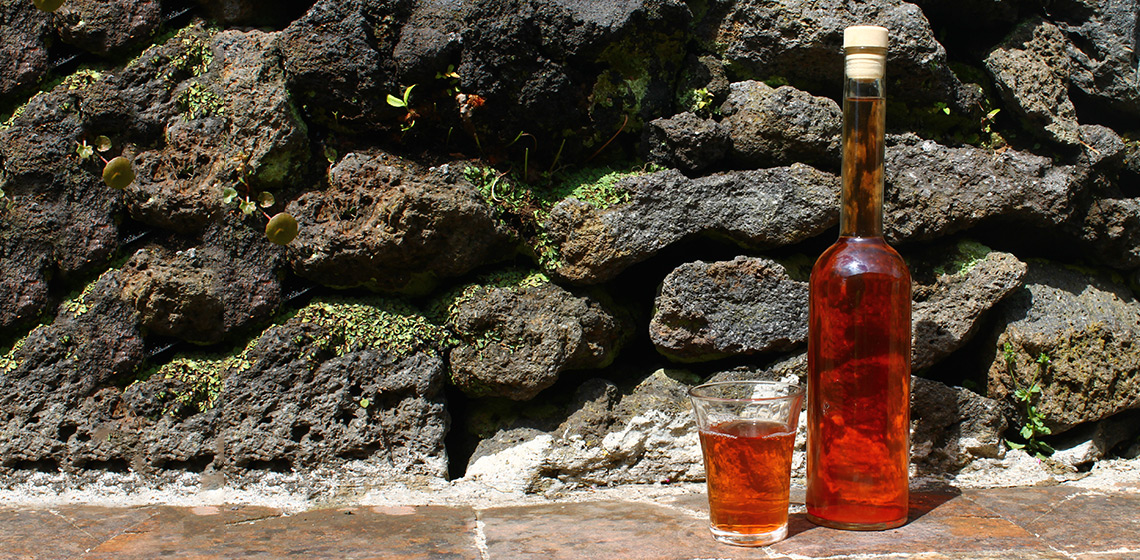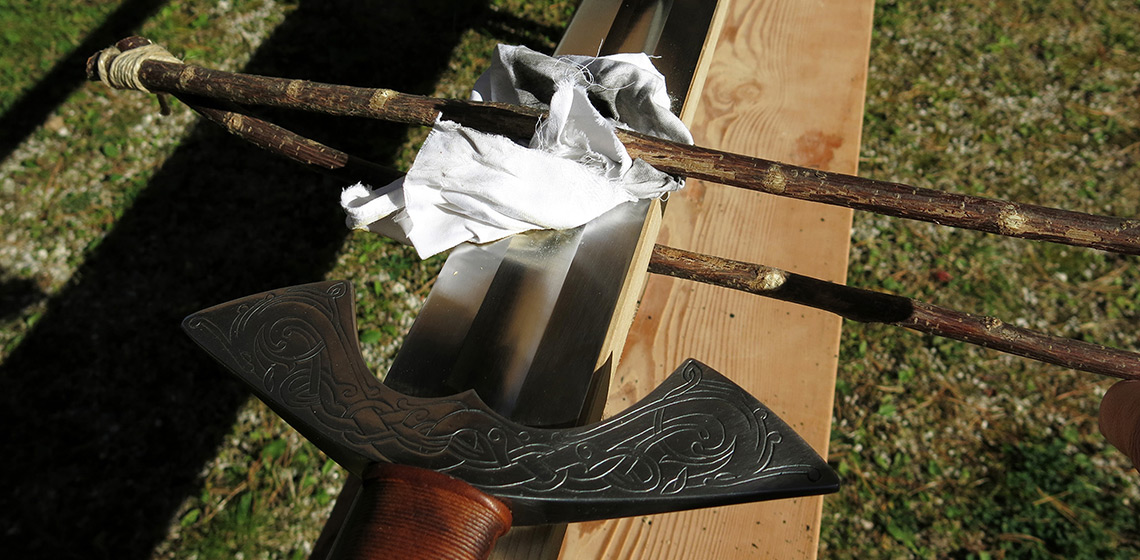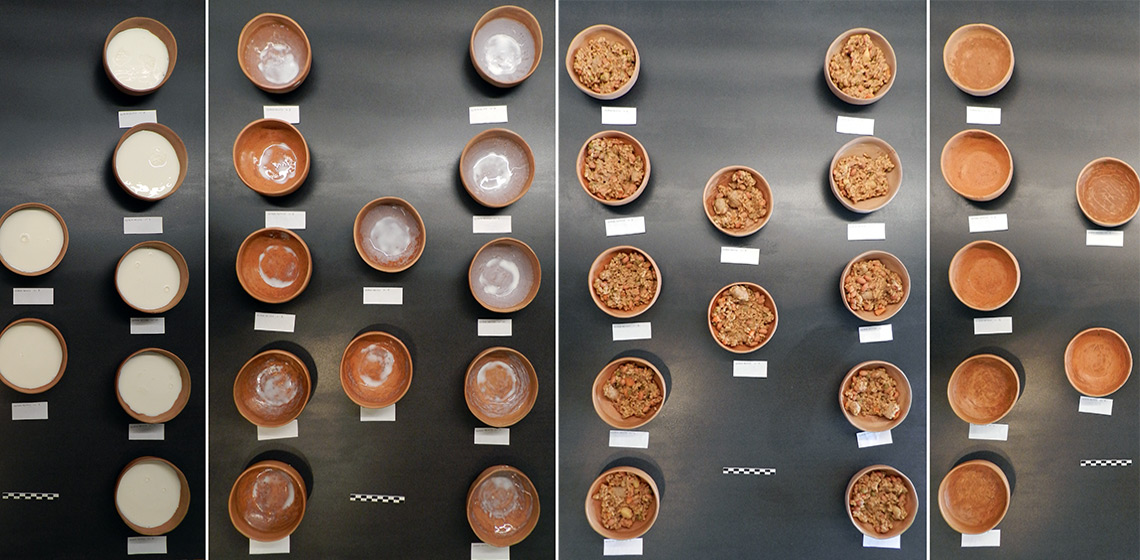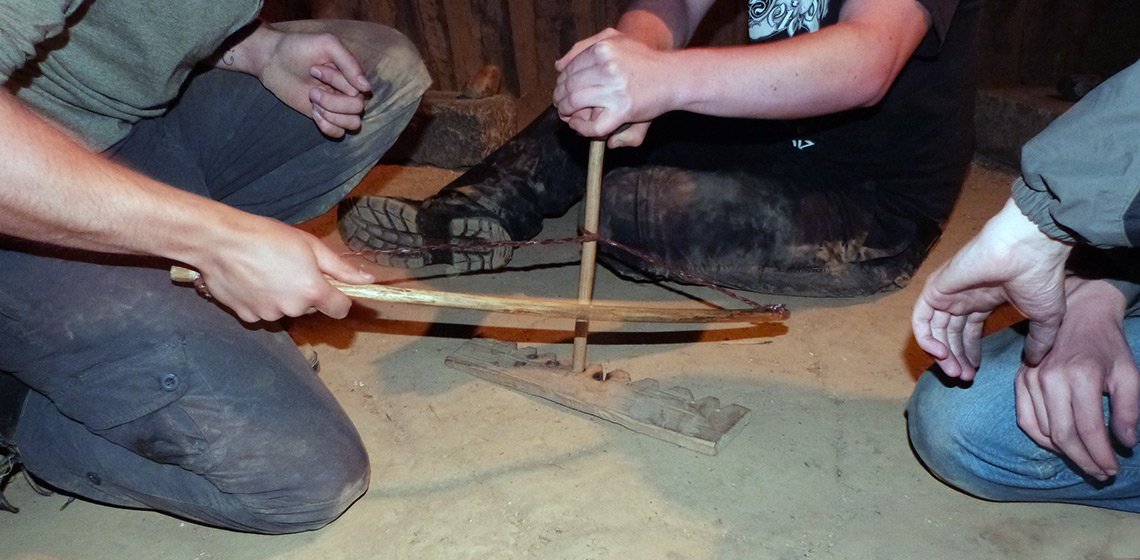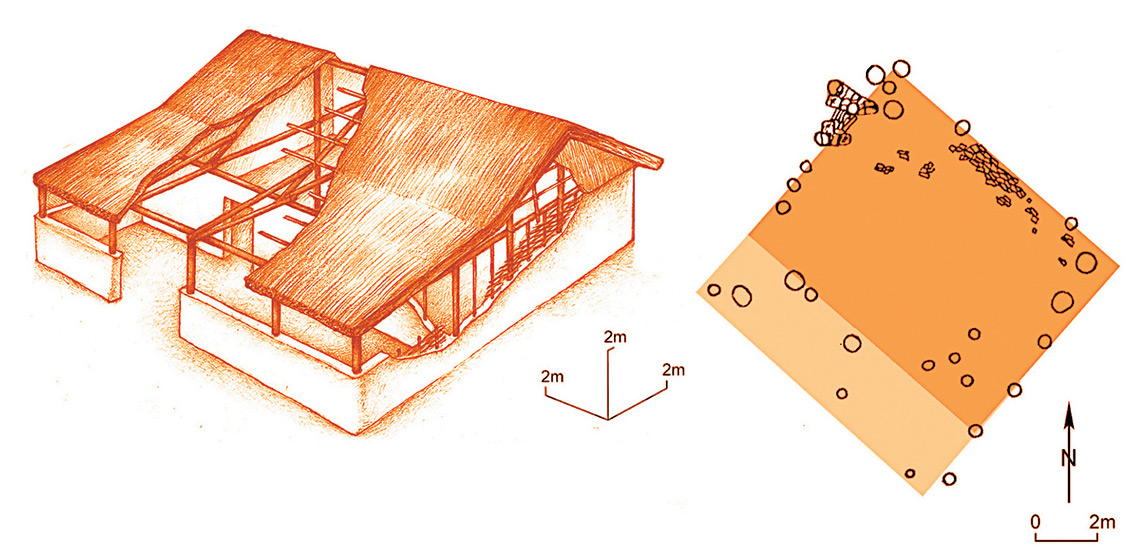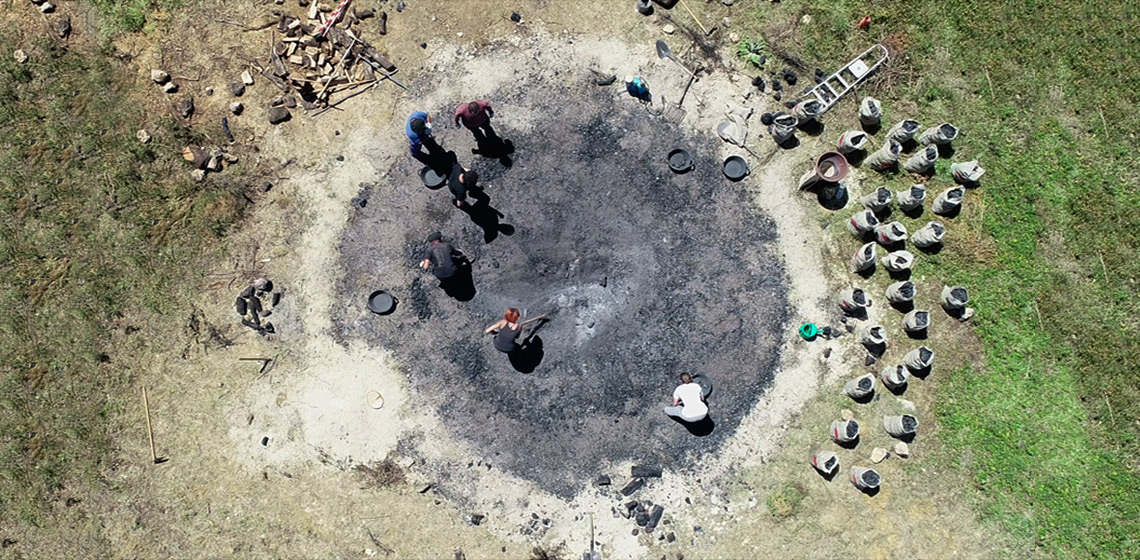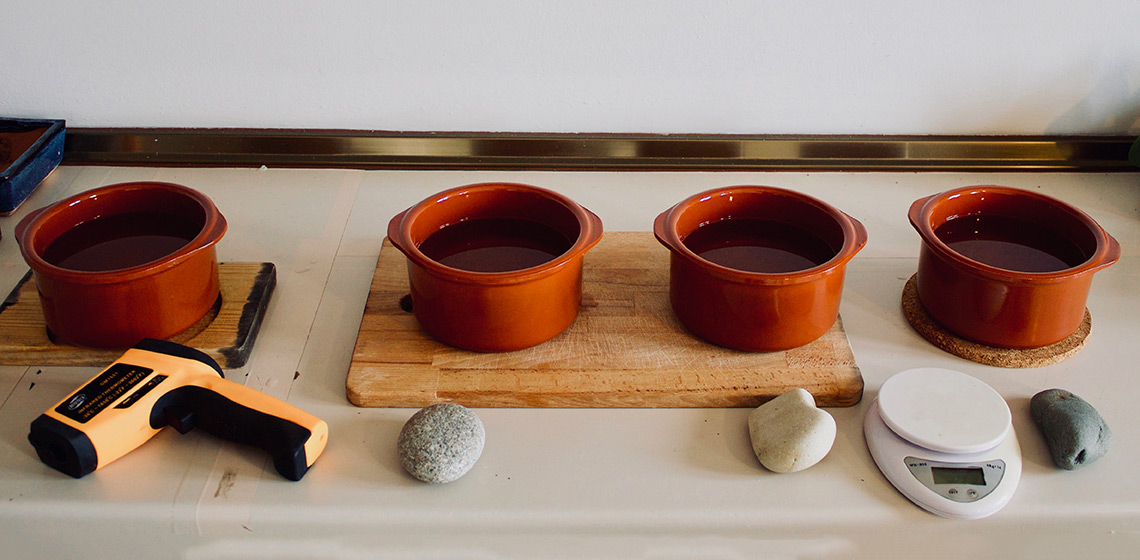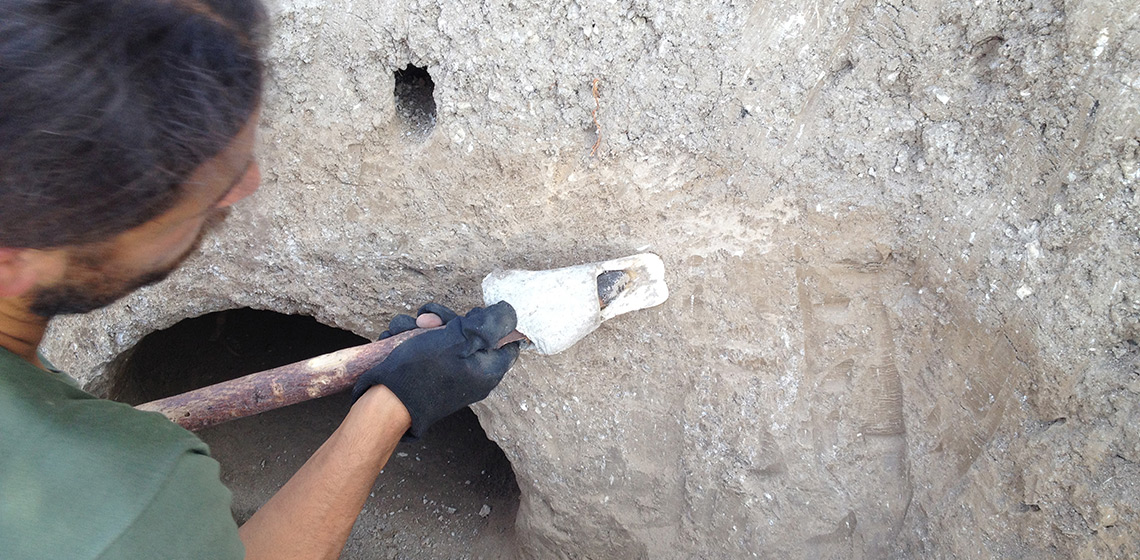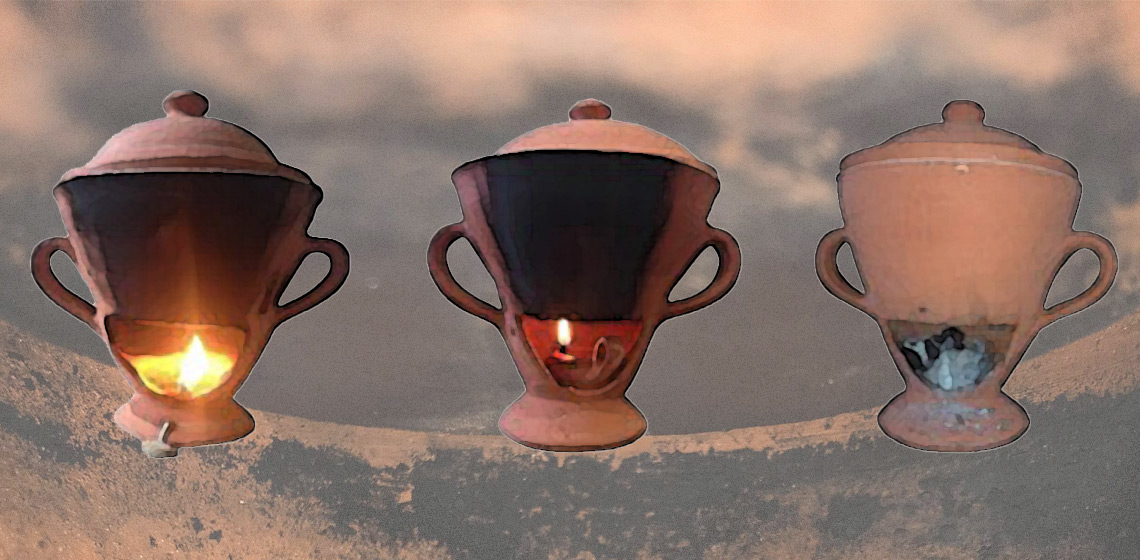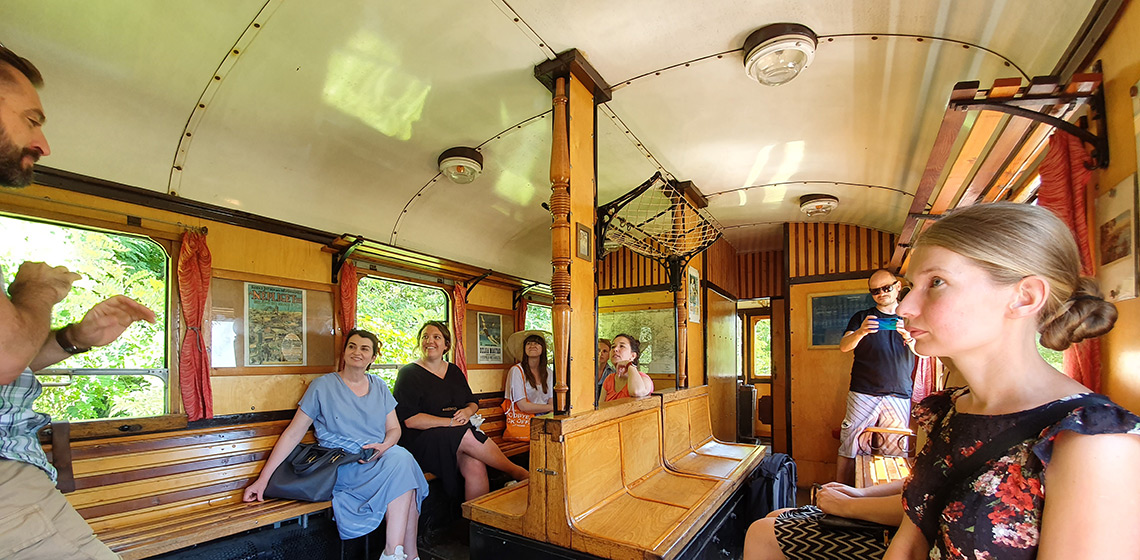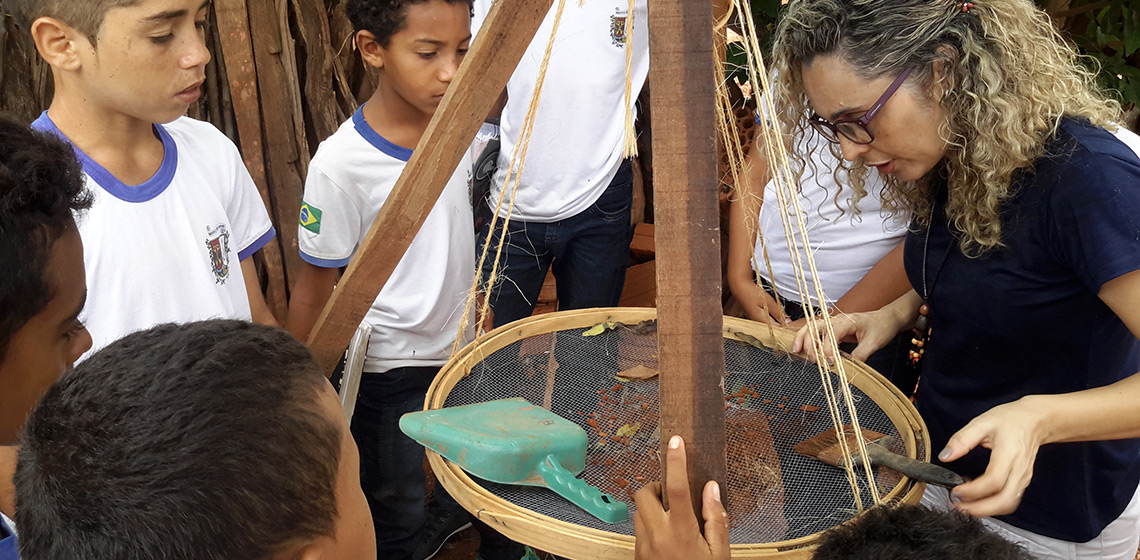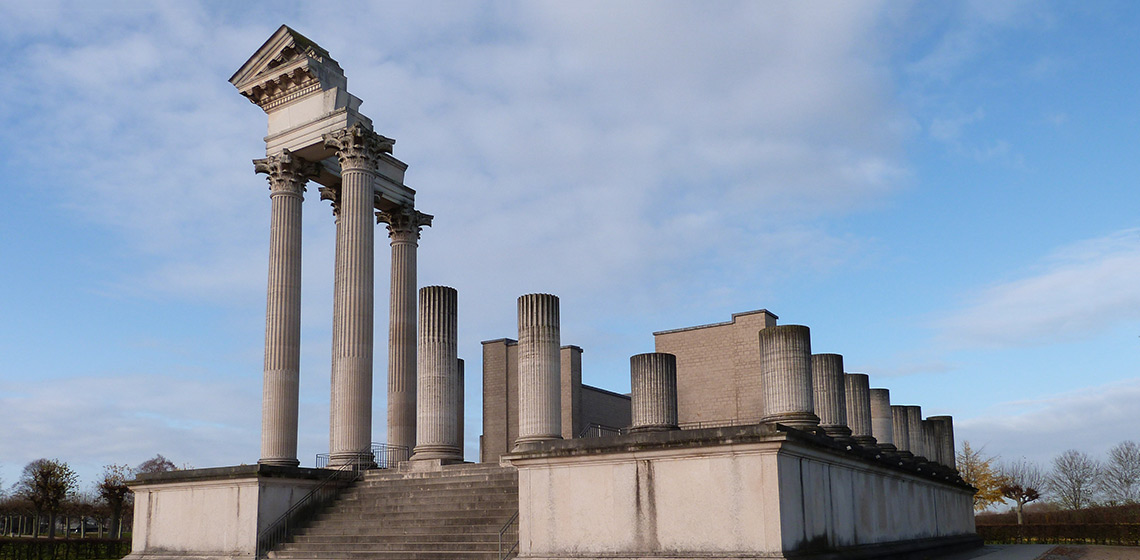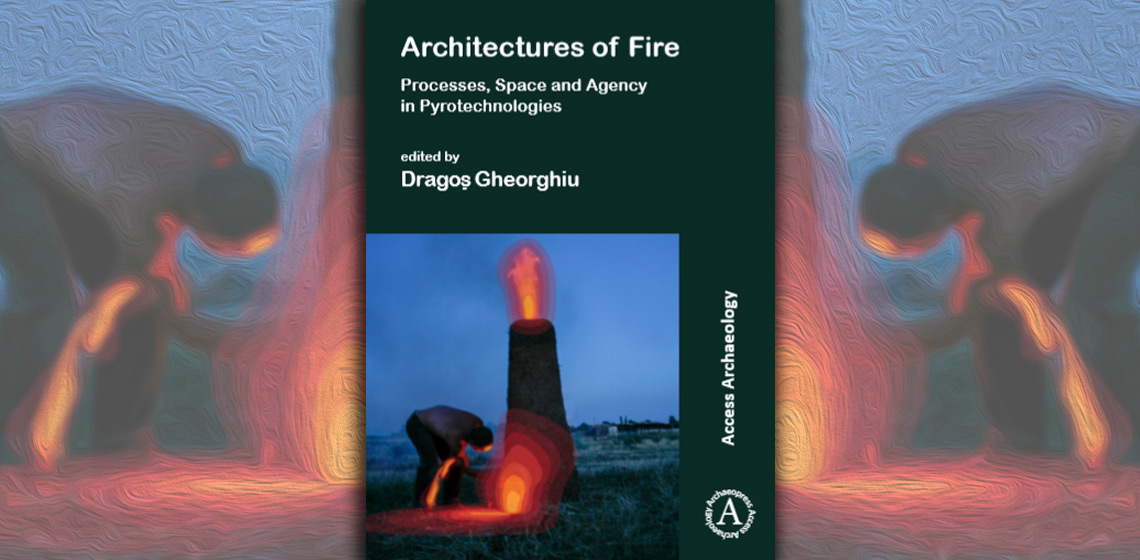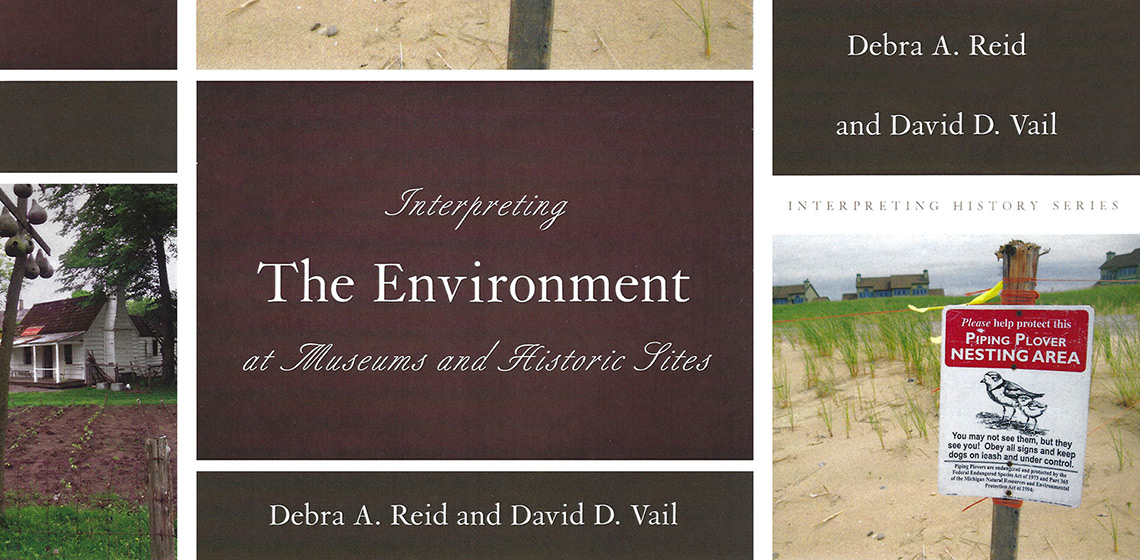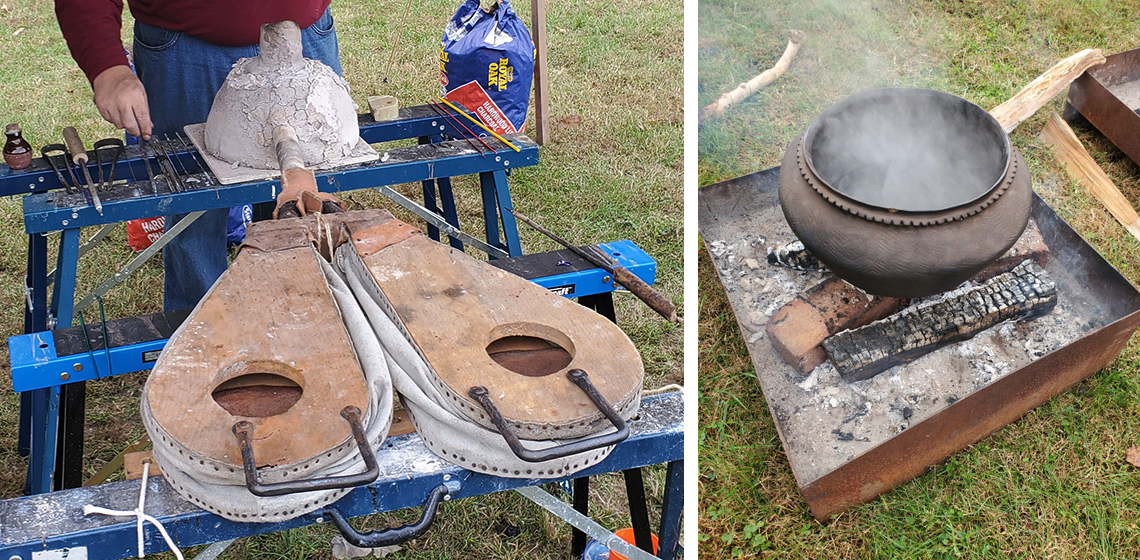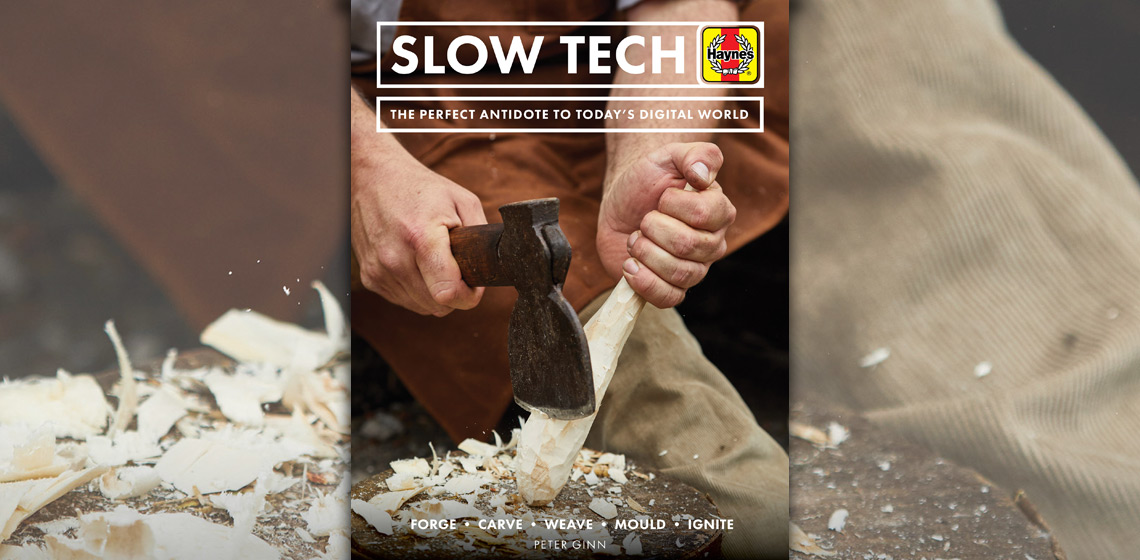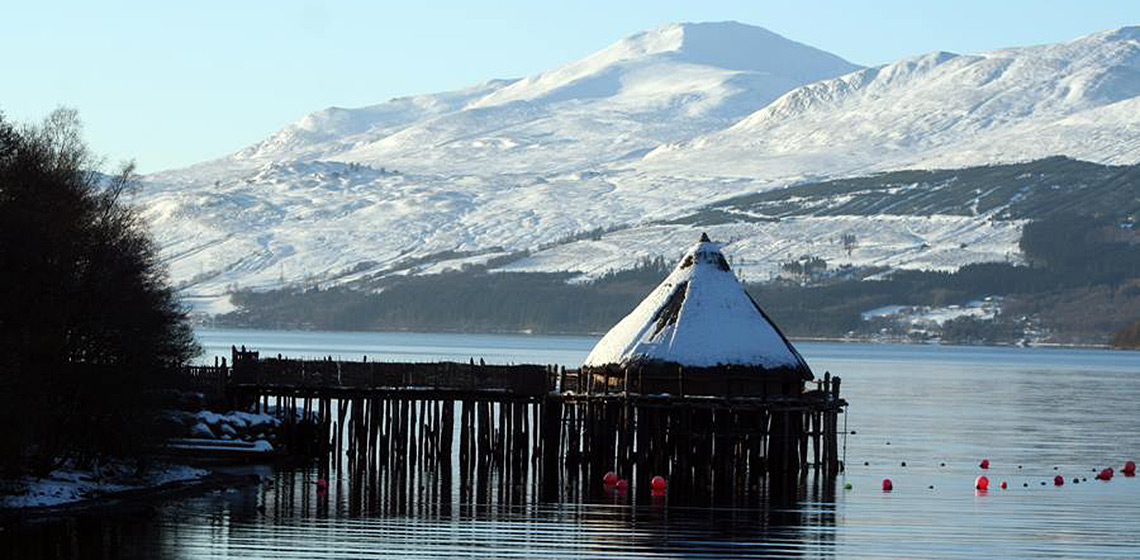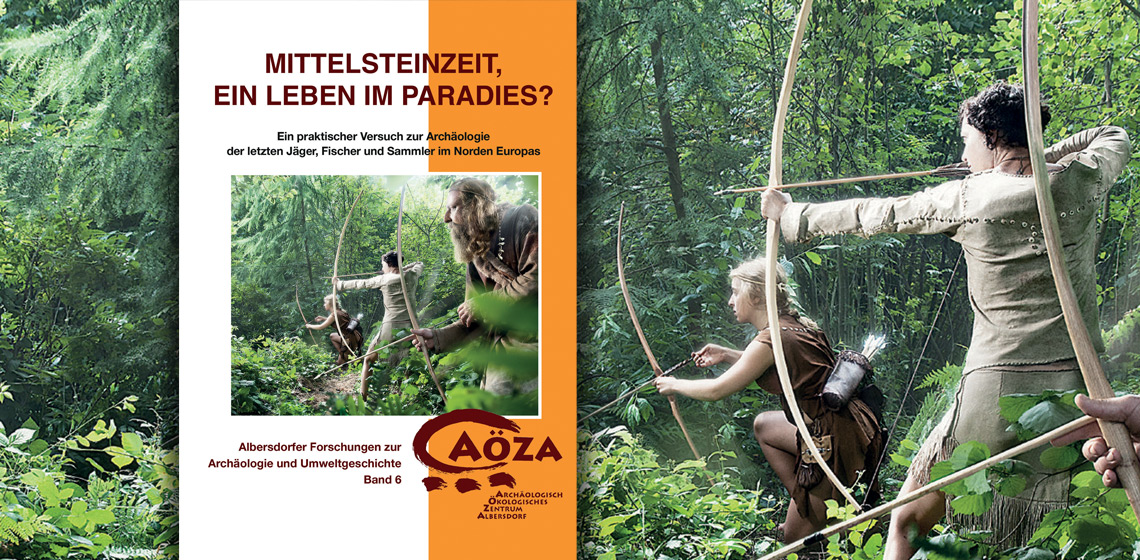EXARC Journal Issue 2020/1



25 Articles | DOAJ | Open Access
ISSN: 2212-8956
Publishing date: February 25, 2020
📄 EXARC Journal 2020/1 Table of Contents
Copyrights: EXARC, 2020
Summary
Shortly before EXARCs Conference in Berlin the first EXARC Journal of 2020 was released. It is exceptionally thick, with 14 reviewed articles and 11 non-reviewed mixed matters. Eight of the articles were presented at the EAC11 Conference in Trento, including subjects like wine, keeping it in your backyard and embossing techniques. Besides those, you will find articles on Experiments with Australian Aboriginal Plant Adhesives, the Human Prehistoric Habitat in the Middle Dniester Region.
The mixed matters are mainly event and book reviews, like a book about slow tech, or the Middle Stone Age as ideal living. But we also offer inspiration from projects in Brazil and Scotland.
Reviewed Articles
Socketed Axes of the Irish Late Bronze Age: Understanding the Internal Rib Phenomenon
(De)constructing the Mesolithic. A History of Hut Reconstructions in the Netherlands
***The amount of reconstructions of huts from the Mesolithic period all over Northern Europe has boomed over the last 5 years, signaling a significant increase in scholarly interest. However, the scientific basis of these experimental reconstructions is often unclear. At the same time, the excavation and preliminary publication of two recently discovered Mesolithic huts in the Netherlands indicate structures of a completely different build than the proposed reconstructions...
Embossing Technique between III and II Century BC: Experiments and First Results
***The purpose of this paper is to explain our experience with the process of experimental archaeology, involving the reproduction and field testing of embossed decorations, inspired to archaeological finds. As a re-enactment group focused on Celts and Ligurians of III – II century BC we reproduce items and/or ornaments...
Hafted Tool-use Experiments with Australian Aboriginal Plant Adhesives: Triodia Spinifex, Xanthorrhoea Grass Tree and Lechenaultia divaricata Mindrie
Barely Scratching the Surface: An Experimental Approach to Engraved Magdalenian Plaquettes
Columella’s Wine: a Roman Enology Experiment
***The study of archaeological and written sources made it possible to commence an extensive research project on Roman viticulture, starting in 2013 on the slopes of Mount Etna, in Sicily (Indelicato, Malfitana and Cacciaguerra, 2017). The general aim is to thoroughly examine the knowledge of the Roman wine production cycle in the period between the first century BC and the second century AD, when wine production turned into an identifiable “industry”...
“A Mirror for Men” – Reconstructing a Medieval Polishing Bench and Putting it to the Test
***In the late 5th century AD, the famous Ostrogoth Theoderic the Great received a truly regal gift from the king of the Warini: he was given highly elaborated swords, richly decorated and able to cut through armour. Their fullers (long grooves along the flat side of the blade to reduce weight and to gain stability...
Fine Pottery Chaîne Opératoire from the Bronze Age site of Via Ordiere, Solarolo (RA, IT): Experiments on the Relationship between Surface Treatments and Function
***The aim of this experimental work was to catch a glimpse of the pottery chaîne opératoire, particularly linked to the surfaces treatments applied, in order to better understand what type of traces they could leave on pots and how they could differently affect the use of final products...
The Use and Relevance of Archaeological Open-Air Museums
Experimental Research on the Setting up and Exploitation of the Human Prehistoric Habitat in the Middle Dniester Region
Mining at Pozarrate: Applying Experimental Approaches to Understand the Neolithic Extraction of Flint in the Sierra de Araico (Treviño, Spain)
***The aim of this paper is to introduce the scientific works performed in the Sierra de Araico Neolithic Mining Complex, mainly located in the Treviño enclave of Spain. Archaeological works were focused on the Pozarrate quarry, dated to the Neolithic period (6000-5600 BP). This site is unique since it has been used recently to...
Keep it in your own Backyard: New Experimental Perspectives on Domestic Iron Age Lithic Industries in the Northwestern Iberian Peninsula
***Both knapped and polished lithic industries have traditionally been given great regard within the archaeological studies of northwestern Iberian Peninsula, mostly focusing on their typologies and the materials used. However, this has not been the case with other stone objects, such as rolling stones, that tend to appear in...
The Experimental Reconstruction of an Early Neolithic Underground Oven of Portonovo (Italy)
***This contribution presents the experimental reconstruction of an underground oven replicated according to the archaeological evidence unearthed from the Early Neolithic site of Portonovo-Fosso Fontanaccia (Ancona-Italy). A domed structure, measuring 190x180 cm diameter at the base and 50 cm in height, was dug in 15 hours...


